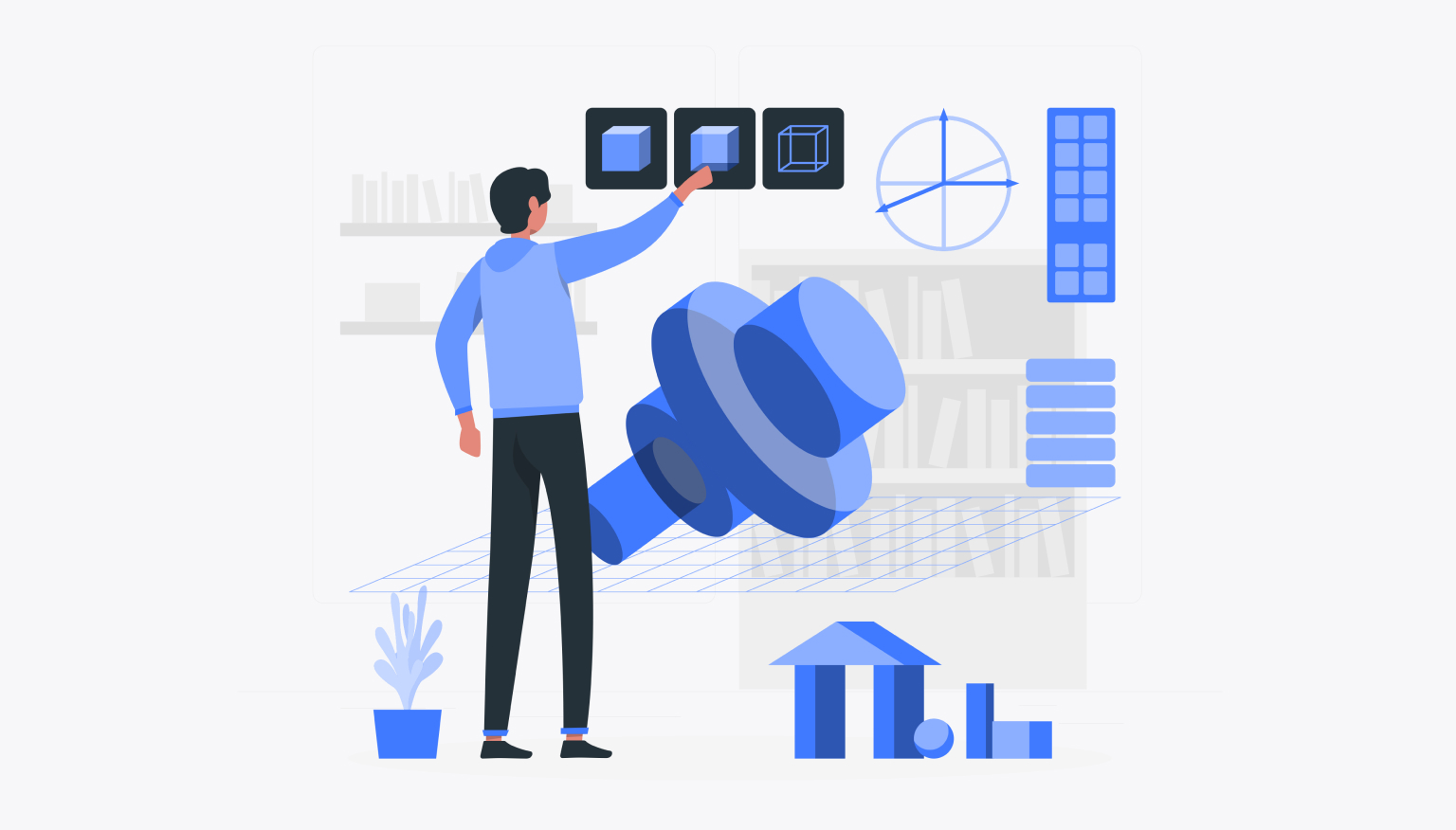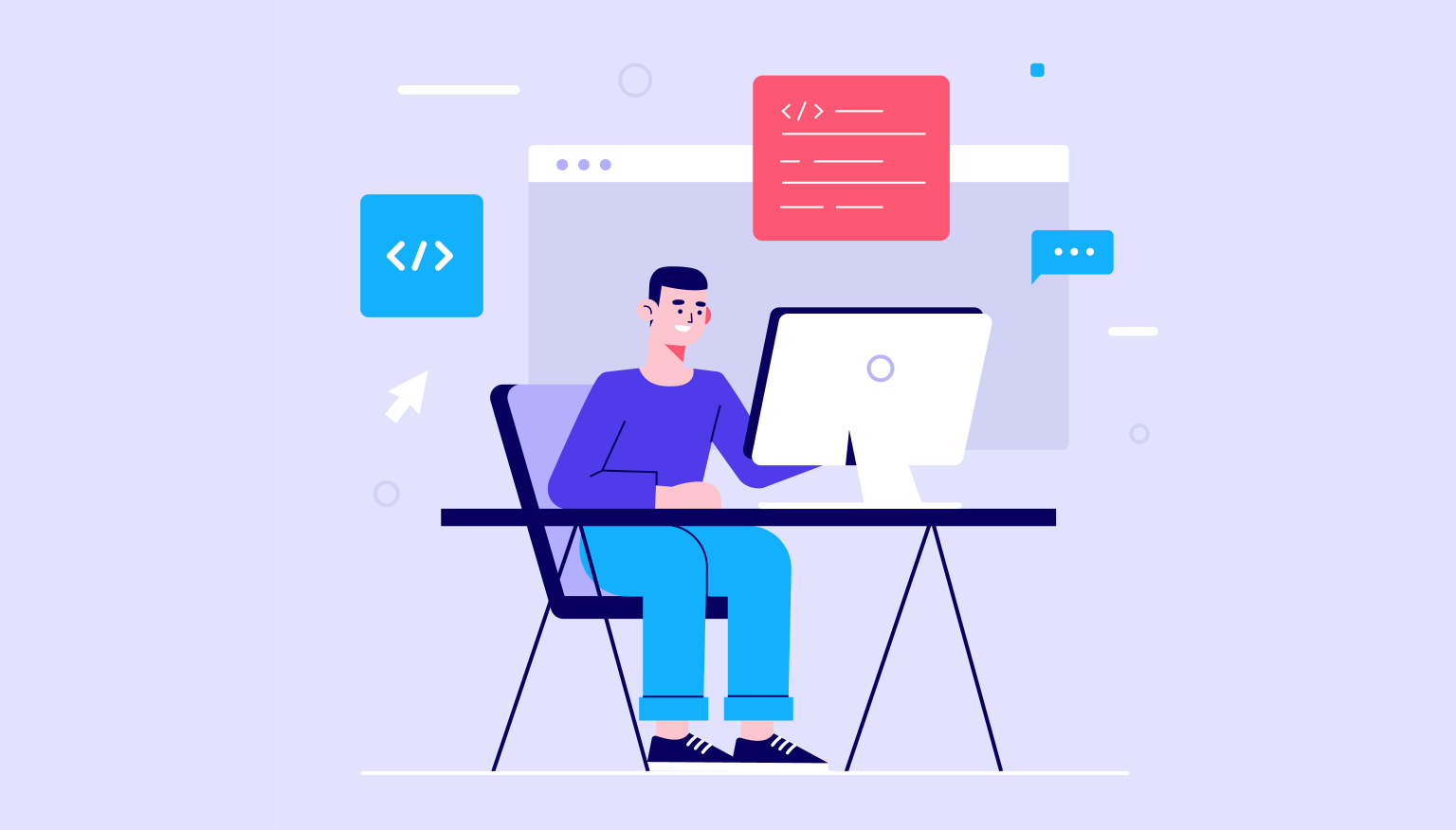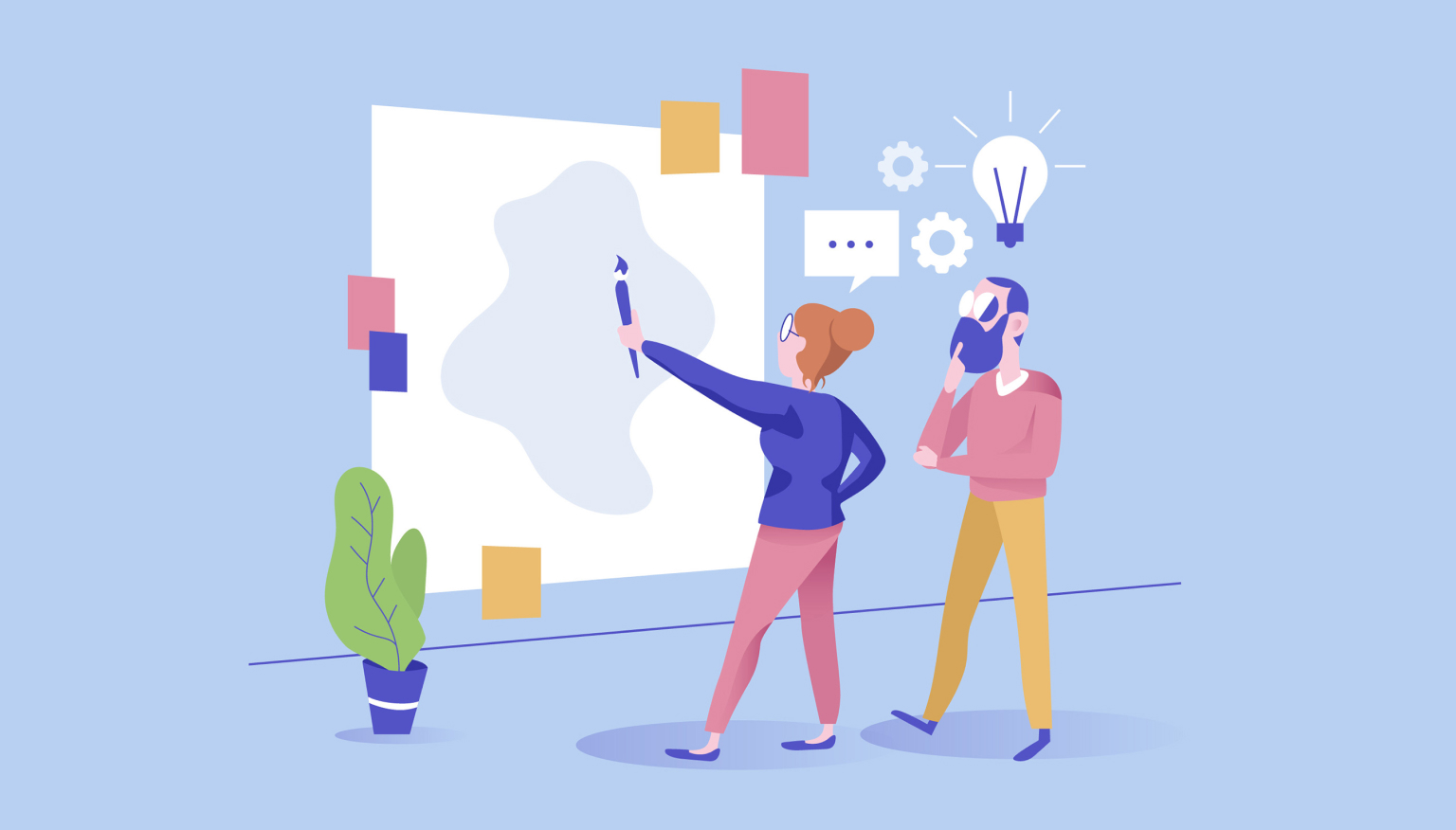Capturing the Reader's Attention: The Definitive Guide for Bloggers
Check out the main strategies for attracting an audience to blogging
Audience Research
In the field of web development and blogging, understanding your audience is of the utmost importance. The content you create should meet the needs, knowledge levels, and interests of your readers.
Start your blogging journey by building user personas. This involves the creation of detailed profiles of ideal readers, including aspects such as age, profession, level of technical knowledge and specific interests in the field of web development. With these well-crafted personalities, you can better understand your readers and tailor content to their preferences.
For example, if you are targeting professional developers, then you should pay attention to content on complex and deep topics. Content that discusses new frameworks or provides detailed explanations of complex algorithms is fine. Conversely, if your audience is mostly newbies, then your content should be simple and clear, friendly and foundational. Help them set up their development environment, provide extensive tutorials, or simplify complex terminology.
The art of creating eye-catching headlines
Headlines are the first opportunity to grab the reader's attention. They serve as the first point of contact and play an important role in determining whether the reader will explore the content further.
The secret to creating an engaging headline is to be both intriguing and informative. The title should not just hint at the content of the blog article, but give the reader a compelling reason to click on the link. For example, instead of a general headline "Web Design Tips", a headline like "5 Strategies to Significantly Improve Your Web Design Today" would be more compelling. It promises specific tactics that can lead to immediate improvement while offering value to the reader.
The importance of exciting discoveries
In addition to the title, the first lines of the blog article are of great importance. These introductory sentences form the basis for the rest of the content. They serve as a hook that will either attract or repel the reader.
The most effective opening phrases grab attention and are relevant to the content that follows. It works well to start with a question, a bold statement, or a startling fact. For example, if your topic is a new JavaScript framework, you might start with a problem that the framework solves. For example, "Have you ever spent endless hours debugging small bugs in your code? With the new XYZ JavaScript framework, those days of frustration may be over."

Providing Unique, Valuable Content
Once you've captured your readers' attention with a captivating introductory article, it's time to move on. Your content should bring something new that readers won't find elsewhere.Whether it's comprehensive guides to obscure tools, personal reviews of a new development platform, or a deep dive into new industry trends.
An equally important component of original content is its practical orientation. Your readers should be able to get something actionable from your content that they can immediately put into practice. If your article is about web design principles, please provide practical tips and tricks. If you are teaching a new coding language, provide readers with exercises and examples to practice.
The Importance of Visual Appeal
Even though blogging is predominantly a text-based form, the impact of visuals cannot be underestimated. They help break up content into chunks, making it more digestible and visually appealing. Relevant images, infographics, code snippets, or even GIFs can increase understanding and engagement.
However, remember that the quality of visual materials is more important than their quantity. They must be professional, clear and relevant. A well-designed infographic that simplifies a complex topic can be invaluable, and a clear, well-commented code snippet can be a clear example of an abstract concept.
Adopting a conversational tone and storytelling
While the technical information in a web development blog is important, how it's presented is just as important. Using a conversational tone makes content more accessible and less intimidating.
Engaging in a story blog can further increase reader engagement. Telling personal experiences and anecdotes gives the content a human touch and makes it more accessible. For example, if you are discussing a common coding mistake, talk about how you yourself made that mistake and what came of it.
Segmenting content to improve readability
Long blocks of text can scare readers away. Segmenting content makes it more accessible and easy to digest. You can use subheadings, bullet points, numbered lists, and tables to do this.
For example, if you offer code optimization tips, each tip can be presented as a paragraph with a brief explanation. This format makes it easier to digest and remember information, and also makes it easy to refer to it in the future.
Powerful Conclusions
Last but not least, the conclusion of a blog post is an opportunity to make a lasting impression. Reiterate key points to reinforce what the reader has learned. Encourage reader feedback to encourage interaction and community building. You can also hint at future content to keep readers coming back to it.A strong close ensures that your content resonates with the reader and increases the likelihood that they will come back for more content.

Improving readability by separating content
Huge blocks of text can scare the reader away. Dividing content into manageable sections makes it easier to read and digest. Tools such as subheadings, bullet points, numbered lists, and tables can be used to do this.
For example, you submit suggestions for cleaner coding. Each sentence can be highlighted as a paragraph, followed by a brief explanation. This scheme makes it easier for readers to absorb and remember the information, as well as to easily refer to it in the future.
To sum up, getting reader interest in web development blogging depends on knowing your audience, creating captivating headlines and hooks, and providing unique and valuable content. The visual component, the conversational style, the division of content into parts for better readability, a strong conclusion - all this can significantly increase reader engagement. The use of these techniques will allow you to create content that will not only attract the reader, but also make him come back for new materials.
















